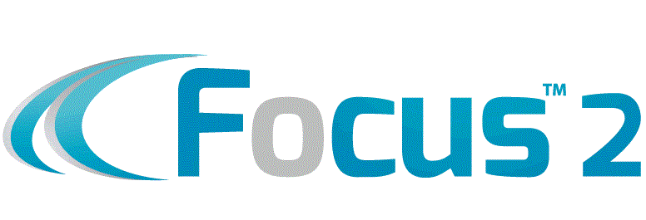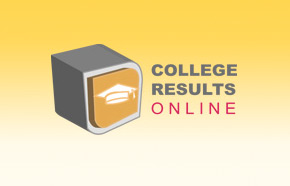College Leaves Financial Gap with Parents Holding the Ball
College leaves Financial gap with parents holding the ball
A common practice that colleges use is not meeting the financial aid gap.
So let’s say the Cost Of Attendance (COA) for one year at XYZ Private College is $60,000, let’s also assume the Expected Family Contribution (EFC) is $20,000. (The EFC is calculated through a federal calculator formula and is what the government thinks or Expects a family to pay for college. The EFC can be controlled/reduced, more on that in my class.) This leaves a Gap of $40,000. This unmet need is referred to as the gap.
Now the question is, of this $40,000 more that we need, how much of this will the college meet. While many colleges are uber rich with endowments in the $100s of millions and even billions of dollars, not all of them are equally generous leaving a much larger gap.
A financial aid gap occurs when a college’s financial aid award for a student doesn’t meet the Gapping became a verb as some colleges have earned a reputation for failing to meet student need, especially students admitted with qualifications placing them in the middle to bottom of the class. Students in the bottom quarter of a class in terms of qualification (grades and GPA, test scores and talent) are always at risk of being gapped with the exception of the most competitive institutions that meet 100% of need. The issue with the most competitive colleges is that unless the student has the grades/GPA and test scores, that student would not be admitted to those highly competitive colleges.
The financial aid gap is a serious concern because the student and family will be responsible for the unmet need in addition to the Expected Family Contribution (EFC). Usually, students with gaps will be unable to use federal loans to help cover the gap or the EFC because the college has assigned it to cover part of the defined financial need.
Often, students may not realize that they have been gapped because the financial aid award letter will have the amount covered by a PLUS loan. However, a PLUS loan is money borrowed by the parents and should not be considered part of the college’s financial aid award.
College rankings drives the selectivity of the college. Reverse the tables on the college and properly market, sell, and promote yourself (your student) to the college so that the college WANTS to admit you because they feel that your student will increase their rankings in one or more categories.
Discover how to Win at the College Admission and College Scholarship Game regardless of if Donald Trump, Bernie Sanders, Hillary Clinton, Ben Caron, Jeb Bush, Ted Cruz, Carly Fiorina or any other person is elected the next president. We can help. Choosing the right college is critical.





